The venues Laura Moody has played on this, her first national tour, have included a launderette, a lighthouse, and the philosophy section of a well-known Oxford bookshop – all, apparently, selected for their “intimate and unusual” quality. It's certainly been an odd couple of months. On the other hand Acrobats, the album she featured last night, seemed a little more mainstream than her previous material.
Normal for Moody is still a relative term. Her early stuff included "avant-pop" numbers like "There Could Be No Doubt of His Sex", where quivering high vocals were accompanied on a "wildy alternative" cello. Such songs made for a mesmerising if occasionally bewildering act. But Moody has moved on and last night the crowd at the Old Church saw a more mature, if still slightly experimental artist.
there was something spectacular about all the strumming, plucking, hammering, and drummingAfter a gently surreal bit of stream-of-consciousness by the performance poet support, Alabaster DePlume (think John Hegley meets Puck from A Midsummer’s Night Dream), a relaxed-looking Moody sauntered in dressed in a little Fifties red number, with a cello called George. The stage was positioned at the front of the gently crumbling renaissance building.
Its ghostly atmosphere was perfect for the powerfully baroque “O Lacrimosa”. There was, as always, just Laura and her cello. The latter was played straight and the voice alternated between spoken passages and a theatrically-inflected alto. The acoustics were just right, and the arty-looking crowd lapped it up.
They continued to do so even after the mood turned unusual. “Turn Away” and “O Mother” featured more of the singular cello technique - aka instrument abuse - Moody has become known for. But if there were hints of novelty there was also still something undeniably spectacular about all the strumming, plucking, hammering, and drumming. It just wasn't always entirely emotionally engaging.
Goose bumps were certainly raised, though, with Moody's simpler songs, where more straightforward arrangements let her rich expressive voice flow. One such was “Memento”, based on an aria by Vivaldi. Then there was the new single, “Call This Time Love”, featuring pretty plucked arpeggios. The highlight of the evening was the gorgeous melody of “We Are Waiting” sung over the simplest of motifs - just the open strings of the instrument, repeated over and over.
It emphasised how Moody really doesn’t need to hide behind instrumental gymnastics - underscored again by her two covers. Nick Drake’s “Cello Song” and “The Ballad of Lucy Jordan” were both restrained, and yet highly original. They made me wonder if Moody needs more confidence in her inherent distinctiveness. After all, there are battalions of indie girls out there trying to find their voice and they all end up, instead, sounding like Regina Spektor. They'd kill to be half as original as Moody.
Overleaf: watch the video for "Call This Time Love"

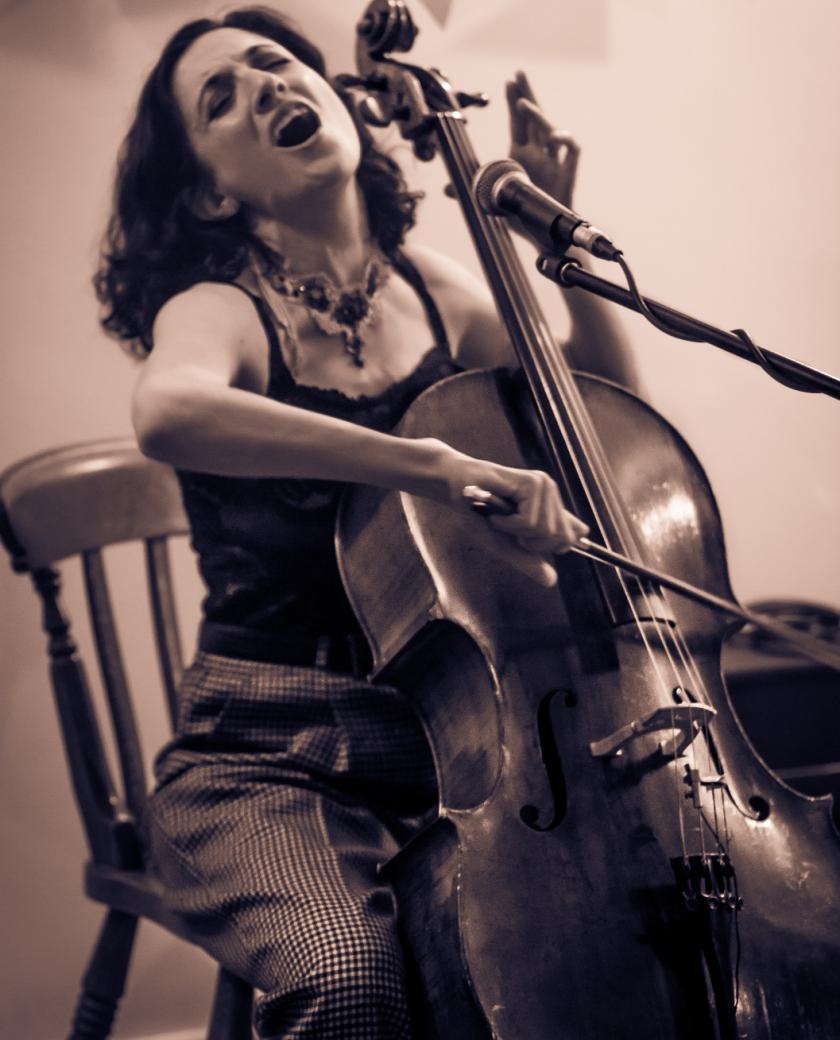

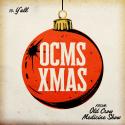
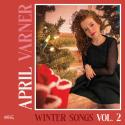



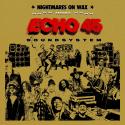
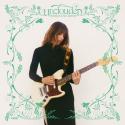



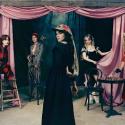

Add comment